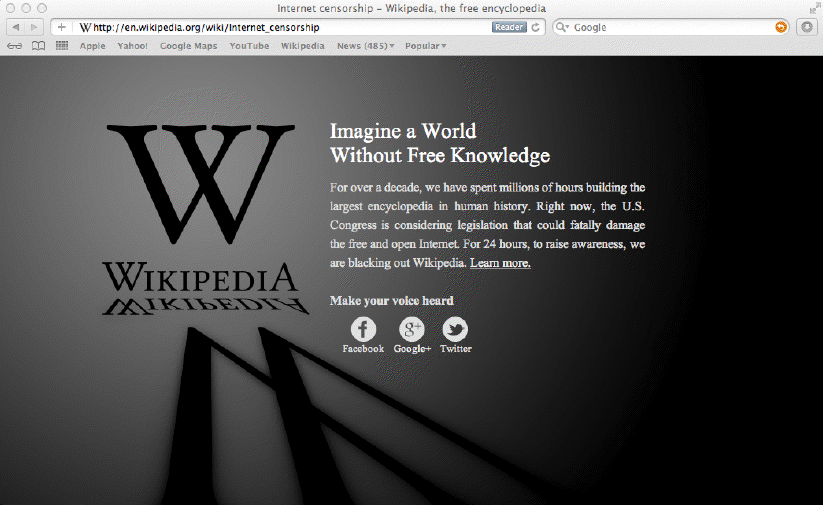This week’s Observer column.
Once upon a time, a very long time ago, in 1995 to be precise, a scholar named Eli Noam published an article in the prestigious journal Science under the title “Electronics and the Dim Future of the University”. In it, Professor Noam argued that the basic model of a university – which had been stable for hundreds of years – would be threatened by networked communications technologies.
Under the classical model, universities were institutions that created, stored and disseminated knowledge. If students or scholars wished to access that knowledge, they had to come to the university. But, Noam argued, the internet would threaten that model by raising the question memorably posed by Howard Rheingold in the 1980s: “Where is the Library of Congress when it’s on my desktop?” If all the world’s stored knowledge can be accessed from any networked device, and if the teaching materials and lectures of the best scholars are likewise available online, why should students pay fees and incur debts to live in cramped accommodation for three years? What would be the USP of the traditional university when its monopolies on storage and dissemination eroded?
If that was a good question in 1995, it’s an even better one today…

